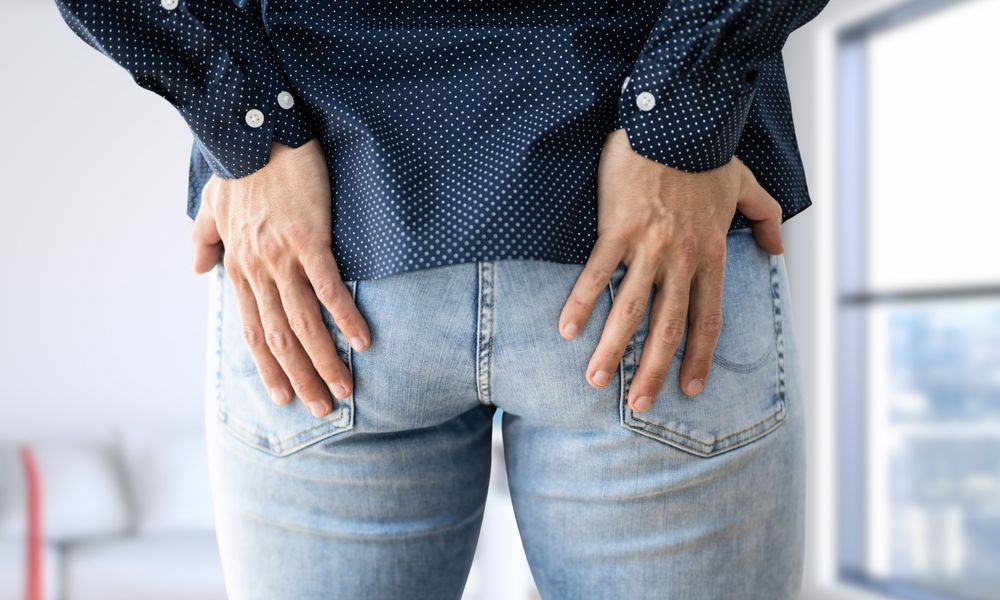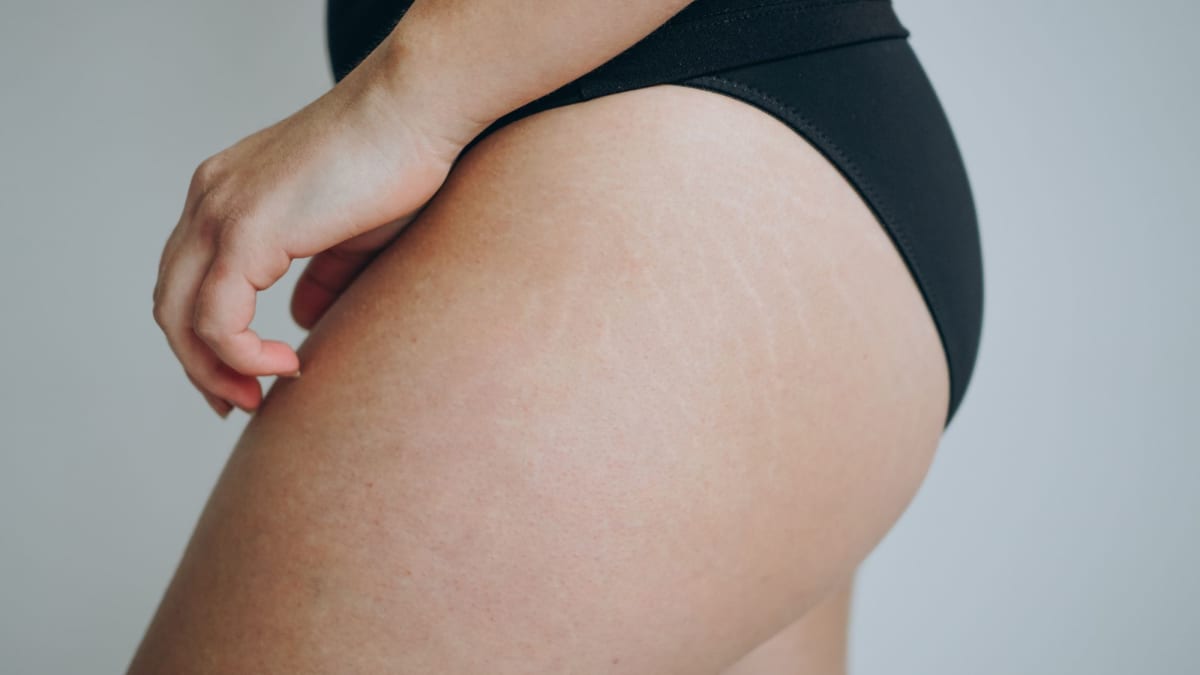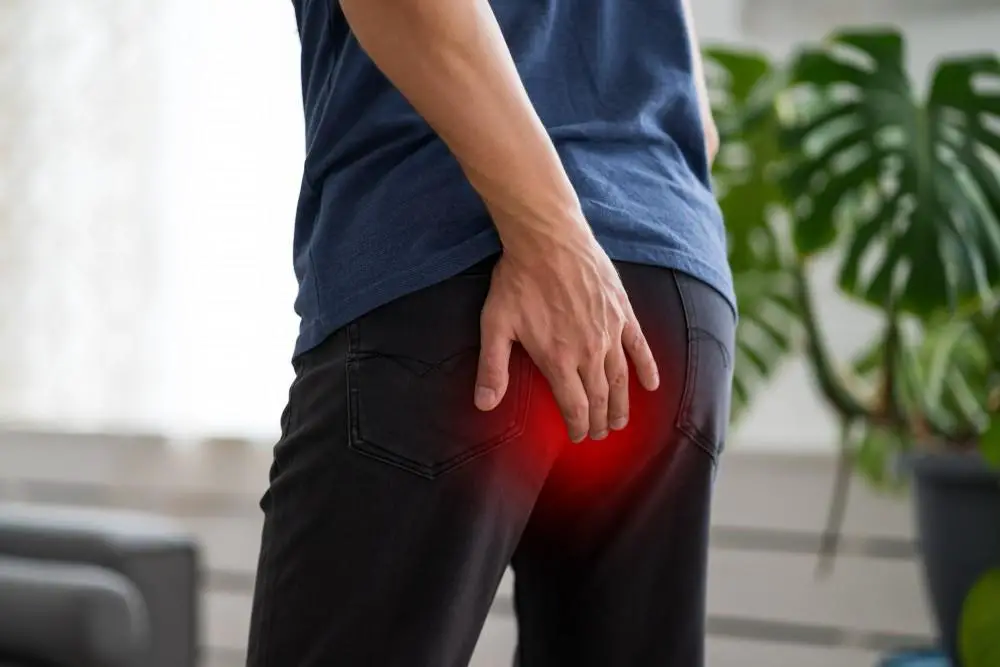KP Tips for Women's Shaving Routine: Achieve Silky Smooth Skin
For many women, achieving silky smooth skin is more than just a desireit's a necessity. However, when dealing with Keratosis Pilaris (KP), it can be quite a challenge. This guide provides essential KP tips for women's shaving routine to help beauticians address the unique needs of their clients and improve their shaving techniques.

Understanding Keratosis Pilaris and Its Impact on Shaving
Keratosis Pilaris, often referred to as 'chicken skin,' is a common skin condition characterized by small, rough bumps on the skin, typically on the upper arms, thighs, cheeks, or buttocks. This occurs when keratin, a protein that protects the skin from infections, clogs the hair follicles. Understanding the complexities of KP is crucial for beauticians who aim to provide the best care to their clients. You can read more about whether Keratosis Pilaris is contagious on Livaana Natural.
The Importance of a Thoughtful Shaving Routine for KP
For women with KP, a thoughtful shaving routine can make a significant difference in managing the condition. Regular shaving without proper care can exacerbate symptoms, leading to irritation and inflammation. Therefore, beauticians must guide their clients through an effective shaving routine tailored to their specific skin needs.
Exfoliation: The First Step in Managing KP
Exfoliation is a crucial first step in any shaving routine for women with KP. By removing dead skin cells, exfoliation helps to unclog pores and hair follicles, reducing the appearance of bumps. Beauticians can recommend gentle exfoliants such as alpha-hydroxy acids (AHAs) or beta-hydroxy acids (BHAs) which are effective yet gentle on sensitive skin. For more insights on the connection between Keratosis Pilaris and gut health, explore Livaana Natural.
Choosing the Right Shaving Products
Selecting the right shaving products is vital. Opt for a high-quality razor with multiple blades to ensure a close shave with minimal irritation. Additionally, using a moisturizing shaving cream or gel can provide a protective barrier, reducing friction and potential irritation. Beauticians should encourage clients to avoid alcohol-based products as they can dry out the skin and exacerbate KP symptoms.
Moisturizing and Post-Shave Care
Post-shave care is equally important in a KP shaving routine. Moisturizing immediately after shaving helps to lock in moisture and soothe the skin. Beauticians might suggest products that contain ingredients like urea, lactic acid, or salicylic acid, which can help to smooth and soften the skin. For a comprehensive approach, consider exploring Coconut Oil for Keratosis Pilaris as a natural moisturizer.
Additional Tips for a Successful KP Shaving Routine
Aside from the basic steps of exfoliation, shaving, and moisturizing, there are additional tips that beauticians can share with their clients:
- Encourage regular hydration to keep the skin supple and hydrated from the inside out.
- Suggest wearing loose clothing post-shave to minimize friction and irritation.
- Advise against picking or scratching the affected areas to prevent further irritation or infection.
For more tips on dealing with KP, including understanding Vitamin Deficiency and KP, visit Livaana Natural.
Understanding the Connection Between KP and Diet
While shaving routines are essential, diet can also play a role in managing KP. Some studies suggest that a diet rich in omega-3 fatty acids and vitamins A and E can improve skin health. Beauticians can educate clients on the potential benefits of incorporating these nutrients into their diets.
Omega-3 Fatty Acids
Found in foods like fish, walnuts, and flaxseeds, omega-3 fatty acids can help reduce inflammation and improve overall skin health. Encouraging a balanced diet with these nutrients can complement a comprehensive KP care routine.
Vitamins A and E
These vitamins are known for their skin-healing properties. Vitamin A can help prevent the buildup of keratin, while vitamin E provides antioxidant protection. Including these vitamins in dietary recommendations can support skin health and potentially reduce KP symptoms.

FAQs
What is the best way to shave with KP?
A gentle approach is best. Start with exfoliation, use a moisturizing shaving cream, shave with a high-quality razor, and moisturize immediately after.
Can diet affect Keratosis Pilaris?
Yes, a diet rich in omega-3 fatty acids and vitamins A and E can potentially improve skin health and reduce KP symptoms.
Are there any specific products recommended for KP?
Products containing AHAs, BHAs, urea, and lactic acid are often recommended for their exfoliating and moisturizing properties.
For more in-depth information on Keratosis Pilaris and other related skin conditions, you can visit the NHS website. This resource offers a comprehensive overview and additional insights into managing this common condition.

